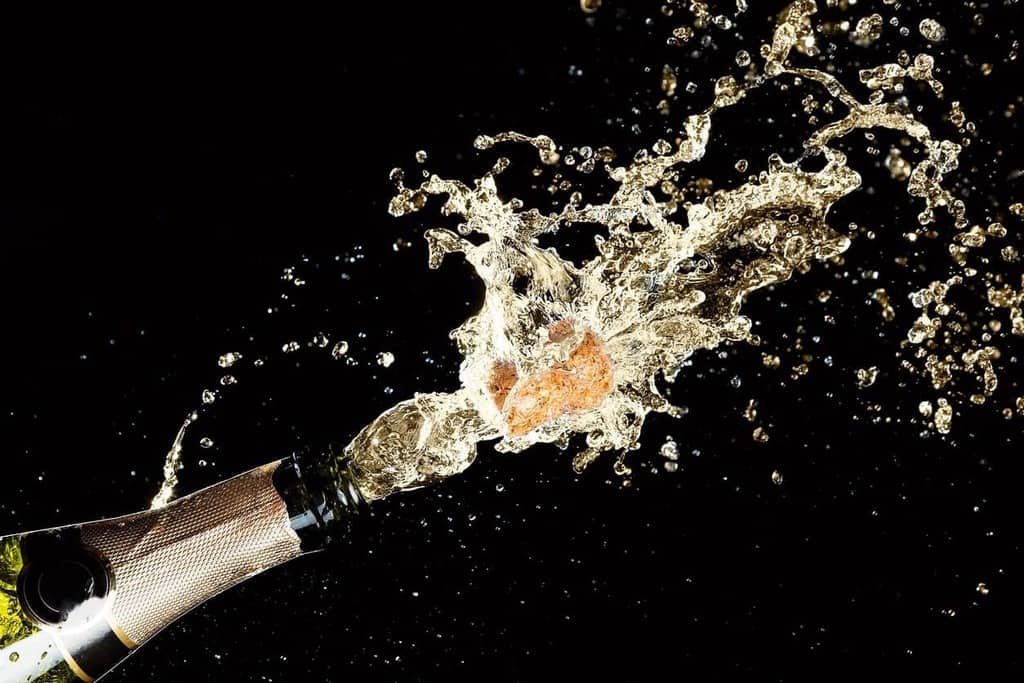Pétillant-Naturel Wine: What Does it All Mean?
“Pét-Nat Wine” otherwise known as Petillant-Naturel or “methode ancestral” is actually one of the oldest methods for producing Sparkling Wine in the world. But aside from the fact that these wines are both trendy to drink right now and the method for producing them is ancient, they offer a level of diversity both in flavor and texture rarely seen with other natural wines. Today, let’s take a look at 7 Fun Facts about Pet-Nat that make it both interesting to understand and delightful to drink.
- Pétillant-Naturel Wine: What Does it All Mean?
- Pet-Net is Not The Same as Champagne
- Pet-Nat Was Likely Discovered by Accident
- These Wines Are Now Made with Intention
- Pet-Nat Wines Can Be Unpredictable
- They Can Be Described Loosely as "Natural Wines"
- You Can Make Pet-Nat from Virtually Any Grape Variety
- Pet-Nat Wines Are Unpretentious
Pet-Net is Not The Same as Champagne
Petillant-Naturel essentially involves bottling a still wine while it’s still in the process of undergoing a primary fermentation. Where as in Champagne production, or the “traditional method,” primary fermentation is allowed to complete itself, and then additional yeast and sugars are added to initiate a secondary fermentation and give a wine a predictable level of fizz and/or residual sugar content.
Pet-Nat Was Likely Discovered by Accident
The general consensus today is that Pet-Nat wines likely originated in France’s Loire Valley and/or Jura. In the old days, when making wine was still far from a science, still wines were often bottled before fermentation had been completed. During the late fall and the winter months, where cold temperatures prevented the yeasts from continuing to convert residual sugar into alcohol, the wines would lay dormant. As warmer seasons approached, the wine all of a sudden continued to ferment in the now sealed bottle, yielding a fizzy, often volatile wine.
These Wines Are Now Made with Intention
Now that winemakers are aware that fermentation can be halted using refrigeration techniques, Pet-Nat wines are made intentionally by cooling the wines down in refrigerated storage facilities. This helps to eliminate the need to initiate secondary fermentation by adding additional yeasts or sugars at a later point in the wine making process. Halting fermentation with refrigeration at certain moments in time helps winemakers to regulate the ultimate degree of bubbles present in the wine.
Pet-Nat Wines Can Be Unpredictable
Since the wine is already bottled before fermentation is allowed to complete, it can make them a bit more unpredictable. The halting of this fermentation before its completion can create either a volatile end product or something very delicate. By simply employing the use of the initial yeast strains and residual sugar concentration of the base wine, the exact volatility upon removal from a refrigerated facility isn’t always so exact. Thus, some Pet-Nats have been known to go bang, and many modern winemakers use screw caps instead of corks to prevent any unwanted accidents. However, don’t expect overpowering bubbles. Once uncorked, Pet-Nat can often have a delightfully subtle fizzy texture on the palate when compared to its traditional method Franciacorta or Champagne brethren.
They Can Be Described Loosely as “Natural Wines”
I say “natural wine” because the qualities typically associated with this production method involve minimal human intervention or additives. Pet-Nat wines are often transferred directly from tank to bottle, unfiltered and not disgorged — meaning the dead yeast cells are allowed to rest at the bottom of the bottle. Thus, the liquid can appear cloudy.
You Can Make Pet-Nat from Virtually Any Grape Variety
Unlike many of the more well known Sparkling Wines in the world, such as Italian Prosecco, which is produced using the Glera grape variety; French Champagne, which is produced with either Chardonnay, Pinot Noir and/or Pinot Meunier; Cava, from the Penedes region of Spain, typically utilizing Macabeu, Parellada and Xarel grapes, Pet-Nat has no real regulations globally and is now considered by some to be a bit of a “mad-scientisty” way to produce a fun Sparkling Wine. Owing no ownership to any particular region or terroir.
One of the most interesting Pet-Nat wines I’ve tried to date was made from Blaufränkisch. An Austrian red grape variety being produced in New York’s Finger Lakes wine region, by Winetraveler partner Atwater Estate Vineyards.
Fun Fact: The Loire Valley did attempt to establish regulated production practices for Pet-Nat, dubbed Pétillant Originel, utilizing only Chenin Blanc.
Pet-Nat Wines Are Unpretentious
Because there are so many factors that can differentiate this style of wine, many modern Pet-Nat drinkers consider it the “fun” Sparkling Wine to gravitate towards during social gatherings or as a casual food-pairer. These wines aren’t meant to be put under a microscope and over-analysed (unless you choose to do so), but rather, just drink them for what they are — historic, different and versatile.
